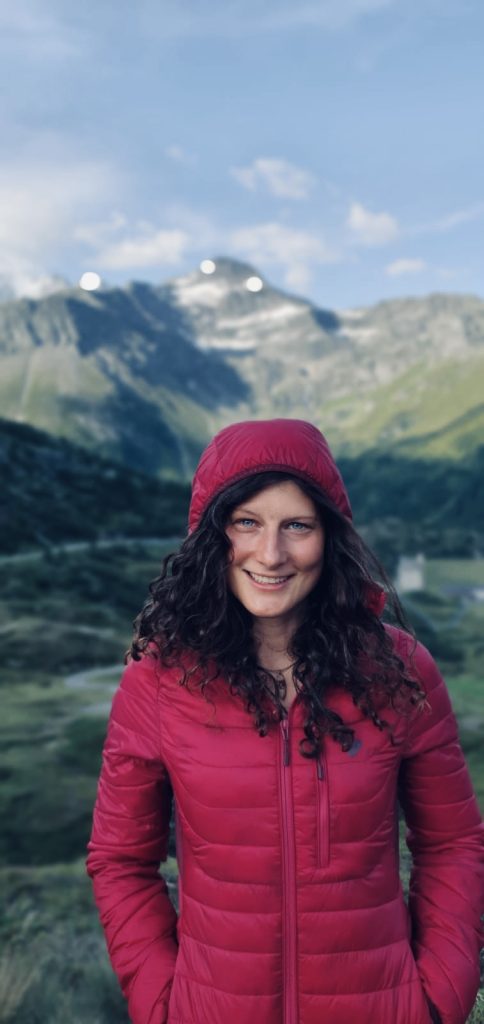Ticino in essence
Ticino is a canton of Switzerland on the border with Italy. However, when we talk about travelling to Ticino, we include the rivers on the Italian side; the region there is called Piemont. At the heart of Ticino is Lake Maggiore, into which most of the rivers flow. It exudes a southern flair with its lakeside promenades, palm trees and warm climate. It is also highly recommended to eat pizza on the Italian side after paddling and to enjoy ice cream between laps.
There are numerous rivers of varying degrees of difficulty in this region. The character of the rivers ranges from bedrock chutes to boulder gardens; from gorges just the width of a boat to open roadside sections. The bottom line is that there is something to paddle for every taste and skill level.
As you can see on the map, a description of every single river would go beyond the scope of this article. Therefore, I will only give a brief insight into some of the classics here.
Probably the most famous river in the region is the Verzasca, and not without good reason. The Verzasca has three sections, the best known of which is the lower section. The character changes from wide and open in the upper reaches to narrower bedrock passages in the lower section. The degree of difficulty also increases over the course of the river. My favourite level is around 40 cubic meters, because at this level the middle and lower sections can be combined well and all places are still nicely defined. The whole river is roadside, which makes it easy to lap and to take pictures of various rapids.
Other gems on the Swiss side can be found in the Centovalli, the Melezza Valley. The lower Melezza is probably the best stream in Ticino. Unfortunately, there is a dam here, which is why the section only rarely runs and mostly during torrential rainfall. The Ribo and Isorno, on the other hand, have no dams and are also highly recommended. Both have several sections. The only hurdle with the Isorno is that you have to walk between 10 and 30 minutes to each put-in or take-out because the river is down in a deep gorge, but the whitewater is definitely worth the effort.
On the Italian side, the San Bernadino is one of my favourite rivers. The middle and lower sections are highly recommended. The middle section is wide and has the character of a boulder garden, with large pools between the rapids. A good level to get to know the middle section is 2.7m, although you can still do it at 2.3m and then continue directly to the lower section. The lower section has a very narrow gorge at the beginning where you don’t want too much water, 2.3-2.4m is ideal here.
The Cannobino and the Strona are also highly recommended. The lower part of the Cannobino has a similarly narrow gorge to the San Bernadino. However, special care should be taken at the last rapid, as accidents have already occurred there. This rapid should definitely be scouted before you go down it and you should generally not have too much water on the lower section. The middle section of the river is also much more open and is fun when it’s too high for the lower section.
For all rivers in Ticino it is, of course, advised to have someone with you who knows the rivers. This will save you a lot of time and give you knowledge about the tree situation in the gorges. However, it is also totally doable without it, since there are various apps and websites that will help you navigate the area. Rivermap.ch and the riverApp give you a good overview of the gauges. On top of that you can check out the Whitewater Guide App.
What is a pity in this region is that there are a lot of dams and as a result many sections are only rarely or not at all rideable. Without them there would be many more rivers.
The region is also difficult to get to for those who can’t get there quickly by car. There is a lot of snow this year, which is why we have already had three very good weeks. As soon as the temperatures rise again, the water levels will probably be good for several more weeks, due to melting snow. Otherwise, it also runs in the fall during heavy rainfall. So if you are based in the Alps, flexible and spontaneous, Ticino is a perfect destination. For those traveling from further afield, unfortunately, a bit of luck is required.

